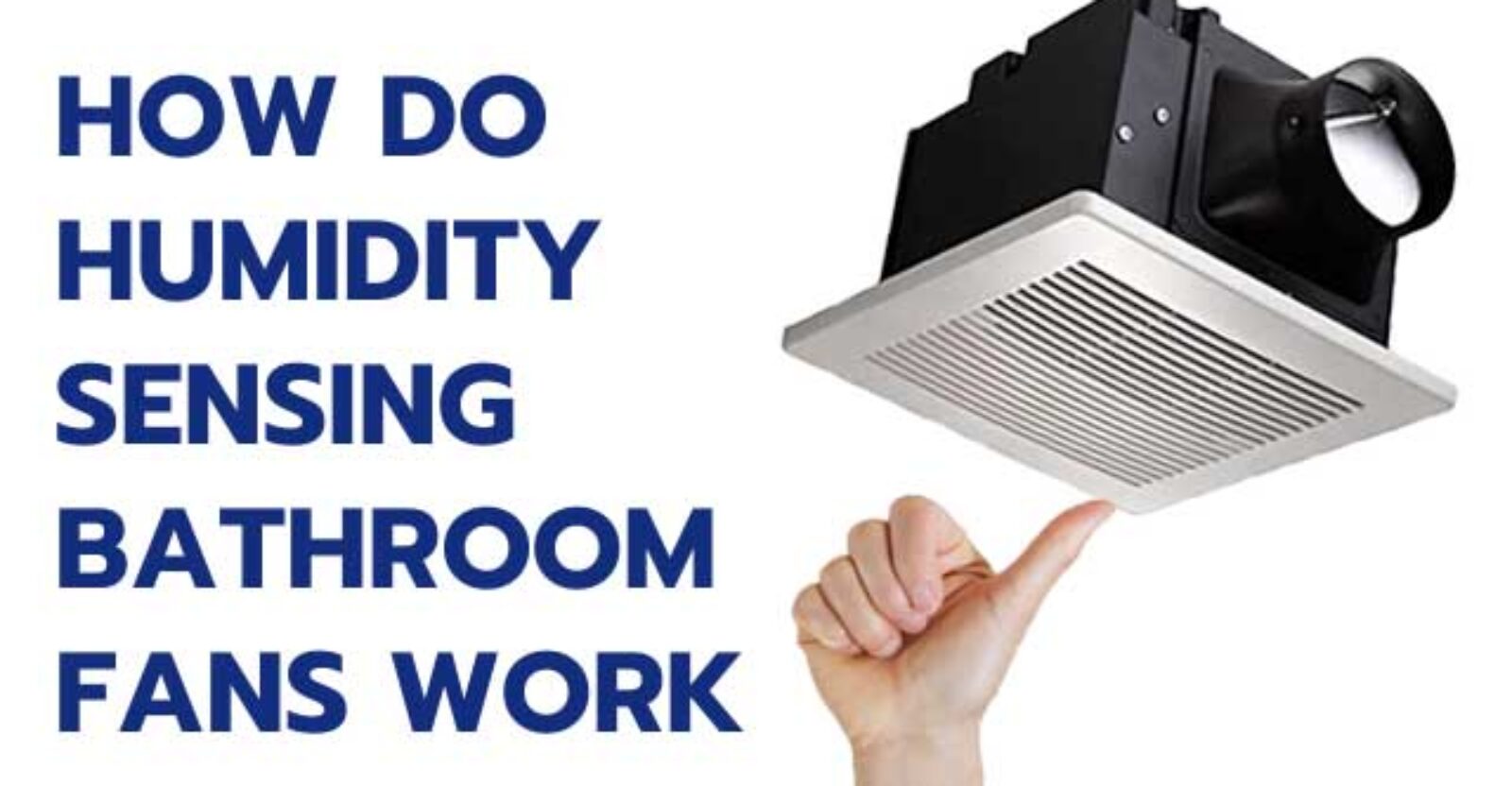Understanding the Basics of Bathroom Fan Installation with Humidity Sensor: How To Install Bathroom Fan With Humidity Sensor

How to install bathroom fan with humidity sensor – Bathroom fans with humidity sensors are a great way to improve the air quality in your bathroom and prevent mold and mildew growth. They work by automatically turning on when the humidity level in the bathroom reaches a certain point, and then turning off when the humidity level drops. This helps to keep the air in your bathroom fresh and dry, and can also help to reduce energy costs.
Gimana cara pasang kipas kamar mandi yang ada sensor kelembapannya? Gampang banget, tinggal colok ke listrik, selesai. Ngomongin kamar mandi, gue baru nemu wallpaper keren nih, cowboy wallpaper. Gambarnya koboi lagi mandi, lucu banget. Balik lagi ke kipas kamar mandi, jangan lupa bersihin juga ya, biar nggak bau apek.
Installing a bathroom fan with a humidity sensor is a relatively simple project that can be completed in a few hours. However, it is important to follow the instructions carefully to ensure that the fan is installed properly and is functioning correctly.
Installing a bathroom fan with a humidity sensor is a smart move, especially if you’re a fan of purple wallpaper iphone. Not only will it keep your bathroom smelling fresh, but it will also prevent mold and mildew from growing.
And let’s be real, who wants a moldy bathroom? It’s like having a haunted house in your own home. So, if you’re looking to upgrade your bathroom game, installing a bathroom fan with a humidity sensor is a no-brainer.
Essential Tools and Materials
Before you start, you will need to gather the following tools and materials:
- Bathroom fan with humidity sensor
- Screwdriver
- Wire cutters
- Electrical tape
- Caulk gun
- Caulk
- Duct tape
- Safety glasses
- Dust mask
Safety Precautions
Before you start working, it is important to take the following safety precautions:
- Turn off the power to the bathroom at the circuit breaker.
- Wear safety glasses and a dust mask to protect yourself from dust and debris.
- Be careful when working with electrical wires.
- Do not attempt to install the fan if you are not comfortable working with electricity.
Step-by-Step Guide to Installing a Bathroom Fan with Humidity Sensor

Installing a bathroom fan with a humidity sensor is a great way to improve the air quality in your bathroom and prevent mold and mildew growth. Here’s a detailed guide to help you through the process:
Tools and Materials You’ll Need:
- Bathroom fan with humidity sensor
- Screwdriver
- Wire strippers
- Electrical tape
- Caulk gun
- Caulk
Step-by-Step Instructions:
| Step | Description | Tips | Troubleshooting |
|---|---|---|---|
| 1 | Turn off the power to the bathroom at the circuit breaker. | This is important for safety reasons. | If you’re not sure which circuit breaker controls the bathroom, turn off the main breaker. |
| 2 | Remove the old fan (if there is one). | Disconnect the wires from the fan and remove the mounting screws. | If the old fan is hardwired, you may need to cut the wires. |
| 3 | Install the new fan. | Connect the wires from the fan to the wires in the ceiling. | Make sure the wires are securely connected and wrapped with electrical tape. |
| 4 | Mount the fan to the ceiling. | Insert the screws into the mounting holes and tighten them until the fan is secure. | If the fan is not securely mounted, it could fall down and cause damage. |
| 5 | Caulk around the fan. | This will help to seal the fan and prevent moisture from getting in. | Use a caulk gun to apply a bead of caulk around the perimeter of the fan. |
| 6 | Turn on the power to the bathroom and test the fan. | The fan should turn on automatically when the humidity level in the bathroom reaches a certain level. | If the fan is not working, check the wiring connections and make sure that the humidity sensor is properly connected. |
Advanced Considerations for Optimizing Bathroom Fan Performance

Alright folks, let’s dive into the world of bathroom fan optimization! Proper ventilation and airflow are crucial for keeping your bathroom fresh and mold-free. So, what factors affect fan performance?
Fan Size
Choose a fan with a CFM (cubic feet per minute) rating appropriate for the size of your bathroom. A bigger fan moves more air, but it can also be noisier. Find the sweet spot between efficiency and noise.
Ductwork, How to install bathroom fan with humidity sensor
Straight, short ductwork with a minimum number of bends ensures optimal airflow. Avoid kinks or blockages that can restrict airflow. Consider using a larger duct size for longer runs.
External Ventilation
Connect the fan to an external vent that leads outside. This allows the humid air to escape completely, preventing it from recirculating. Consider installing a damper to prevent backdrafts when the fan is off.
Maximizing Efficiency
Use a timer to keep the fan running for a few minutes after you leave the bathroom, allowing it to clear any remaining moisture. Clean the fan regularly to remove dust and debris that can block airflow.
Minimizing Noise
Install the fan in a sound-absorbing location, such as the ceiling or a soffit. Use a fan with a lower Sone rating, which indicates noise level. Consider installing a noise-dampening duct liner.
Remember, a well-optimized bathroom fan will keep your bathroom fresh, mold-free, and smelling like a spa. It’s a small investment that can make a big difference!
